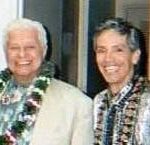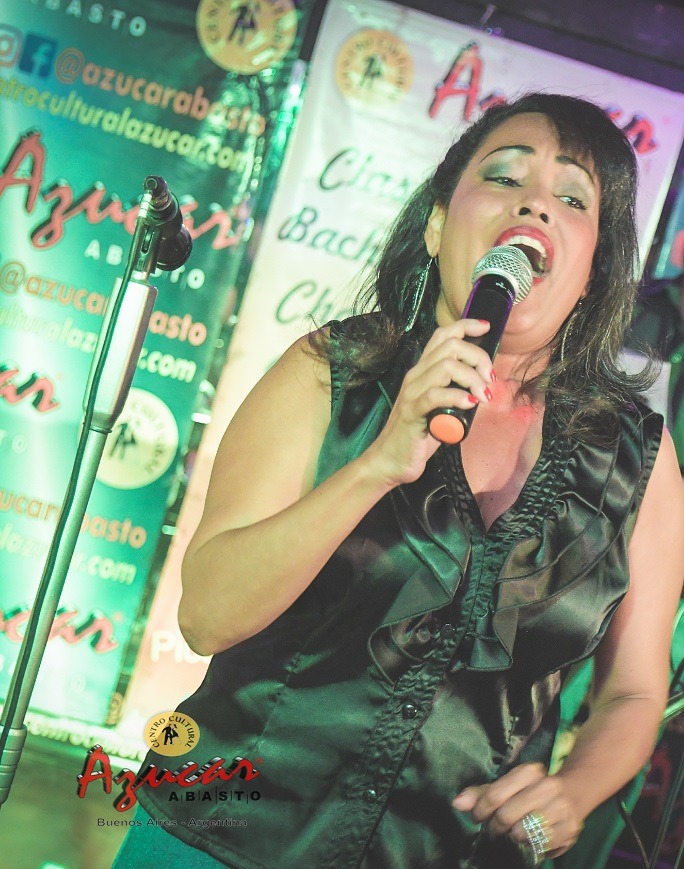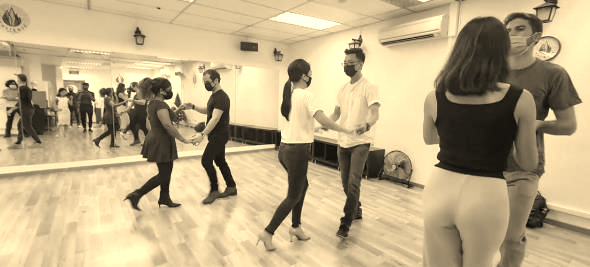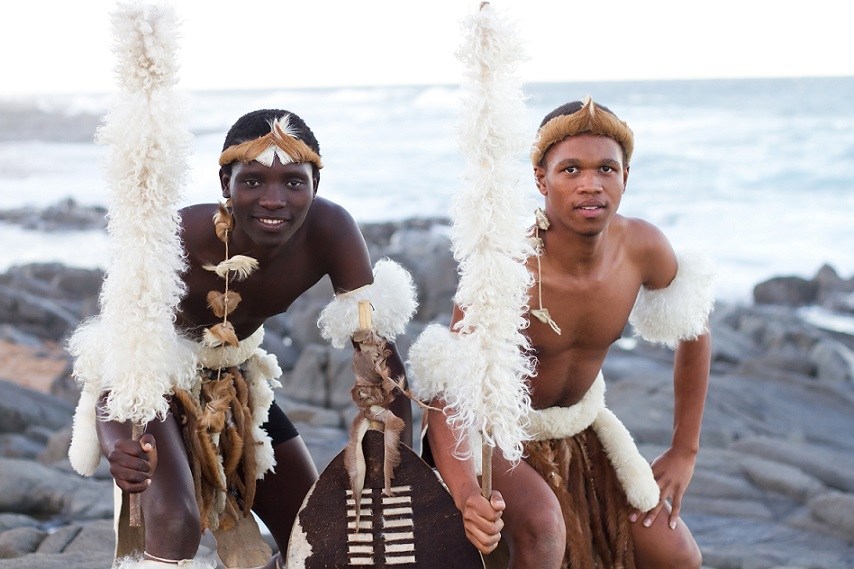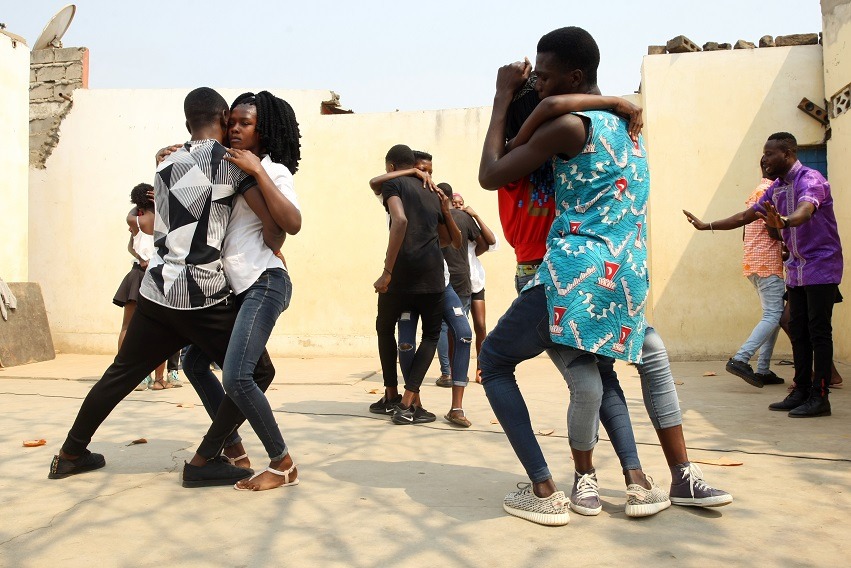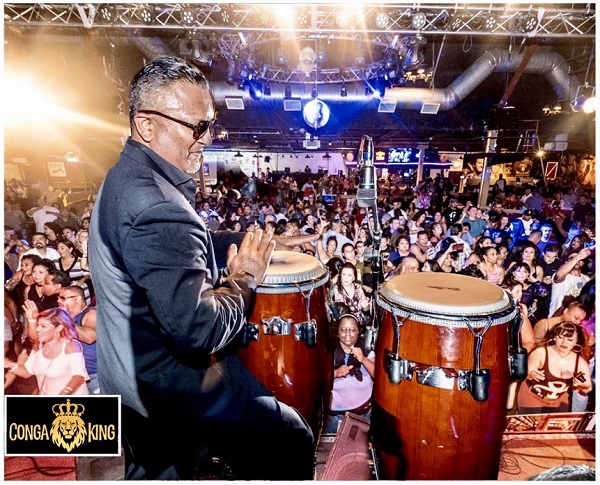Latin America / Puerto Rico / San Juan
Néstor Rodríguez Búonomo better known as Néstor Galán “El Búho Loco” was born on January 6, 1958, in the state of New York.
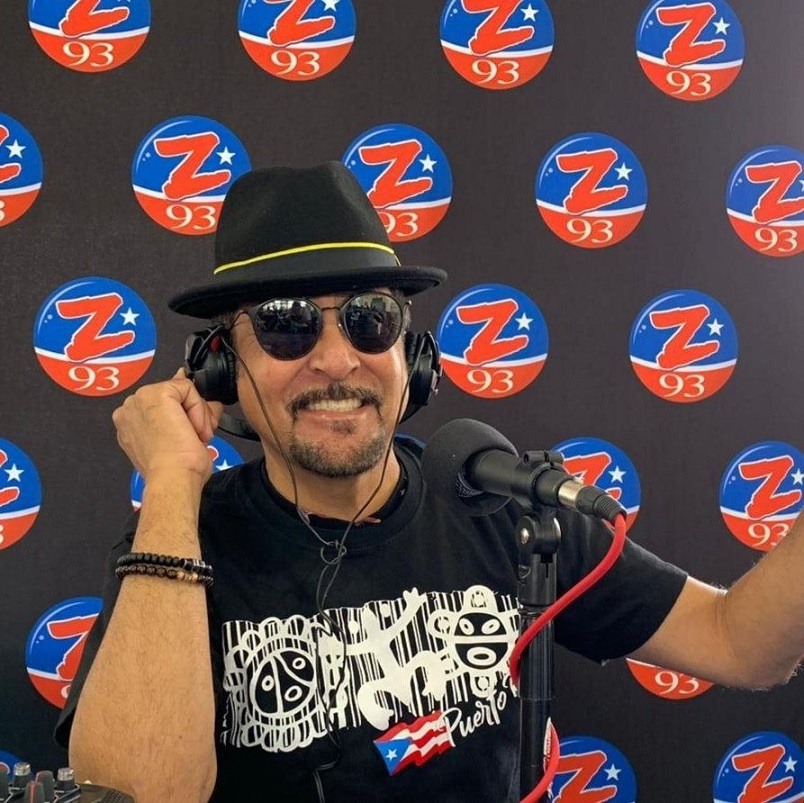
His parents are Mrs. Eufemia Búonomo and Mr. Julio Rodríguez. He is the eldest of three (3) brothers and father of Julixa Rodríguez Ramírez, who they have heard on the radio with his father.
At the early age of five (5) years, he moved with his parents to Cayey, Puerto Rico.
He studied at Benigno Carrión Elementary School, Benigno F. García Middle School, where he studied music and was part of the School Band as a trumpeter.

Then he goes to the Miguel Meléndez Muñoz High School and the opportunity arises to be part of one of the most important groups of popular music; The Student Tuna of Cayey, in which she remained for five years as a singer, participating in 4 long-playing albums and in trips abroad.
He was part of the dramatic art group participating in several plays as an actor.
Upon graduating in 1976, he went on to study at the Rio Piedras Commercial Technical Institute and then at the Universidad del Sagrado Corazón.
In 1979 the Super 97 radio station specialized in the salsa genre began to work at Radio Musical under the name of Néstor Galán, they called him “Galán” because he always liked to dress well. This is his first experience as a broadcaster.
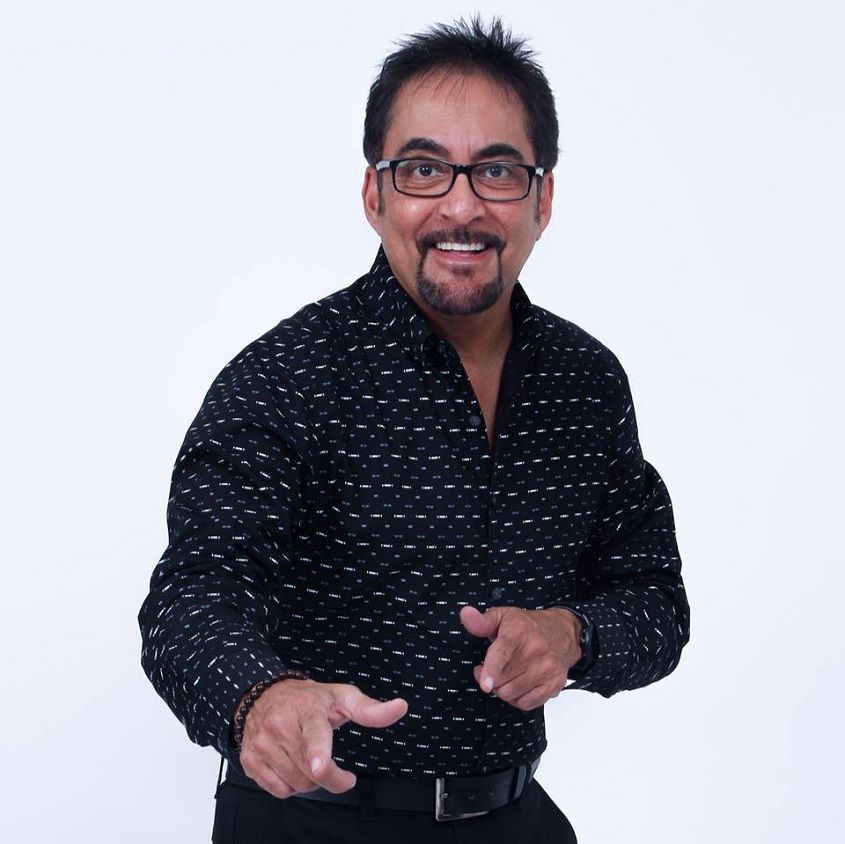
In 1981 he went to work at the radio station Z-93 as a technician, operator and in its promotions.
In 1982 he worked as a production assistant on the program “Viva la Salsa” (WAPA-TV) together with Marianito Artau.
In 1983 he began as a night time announcer in this important radio station and that is when the announcers decide to give themselves nicknames after animals, being in the night time they decide to call him “El Búho”.
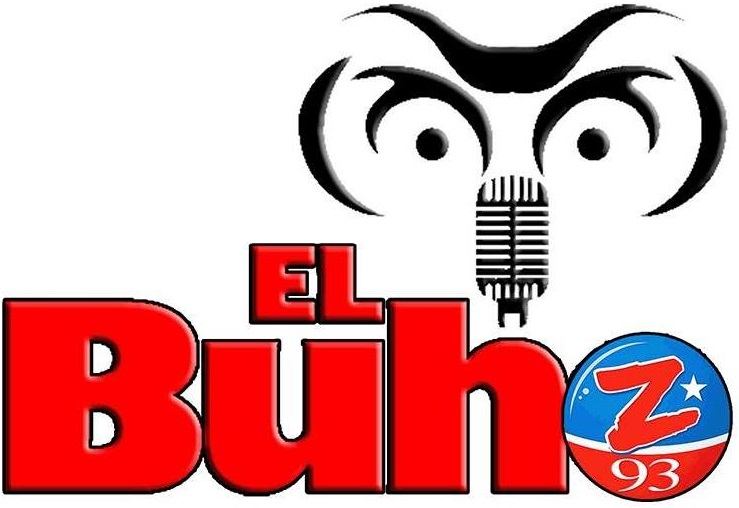
In 1985 he began to work during the day and since the owls do not go out during the day, the name “El Búho Loco” emerged. He has worked in all the National Salsa days.
Facebook: https://www.facebook.com/NestorGalanZ93/

